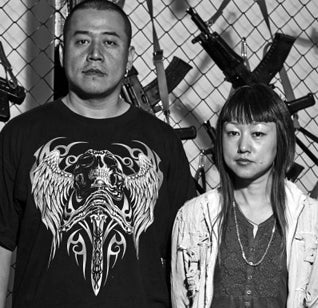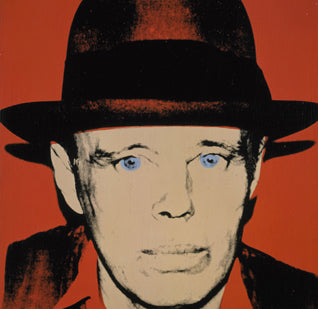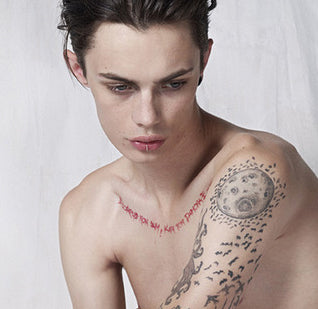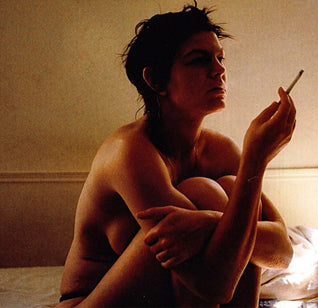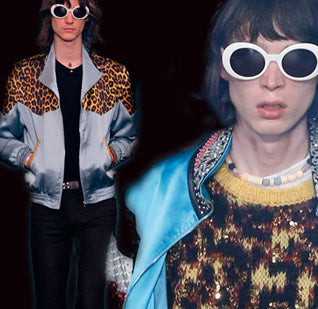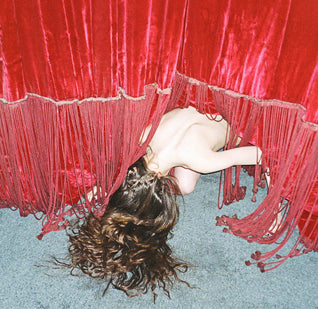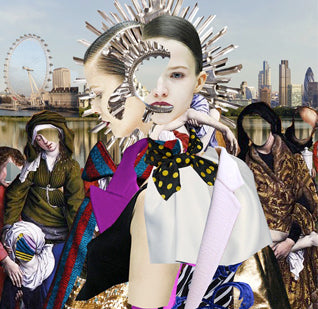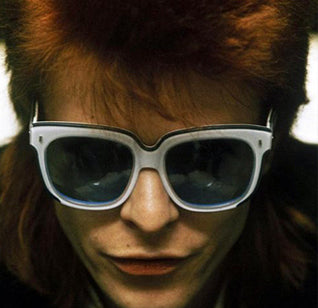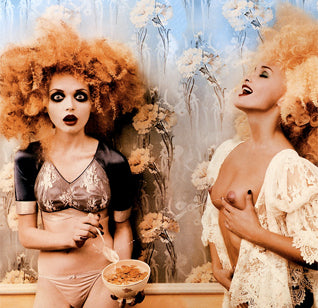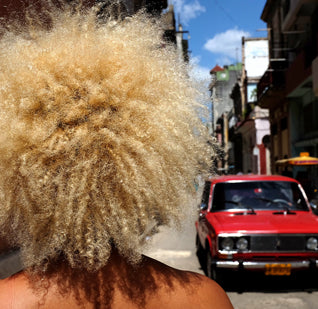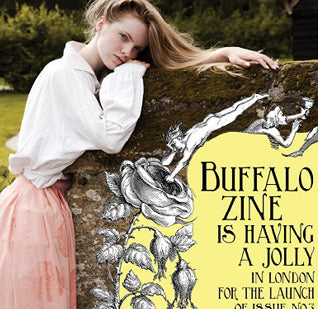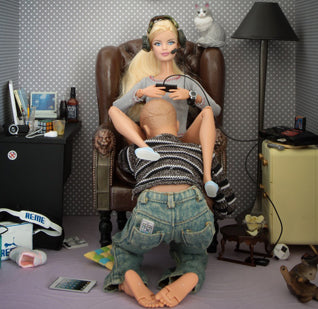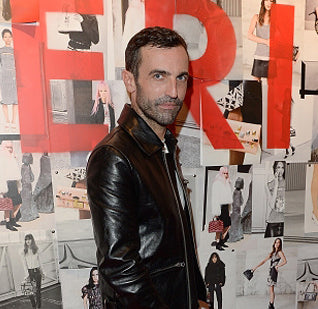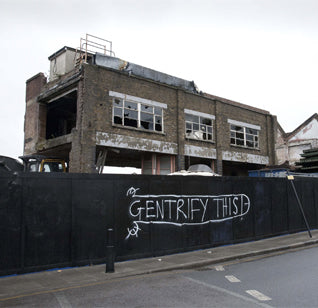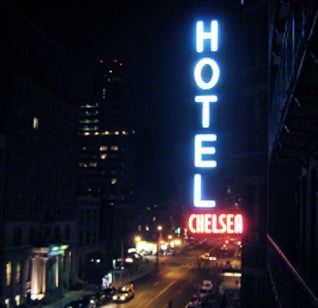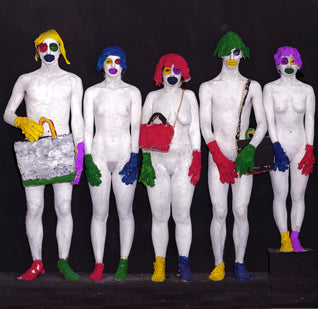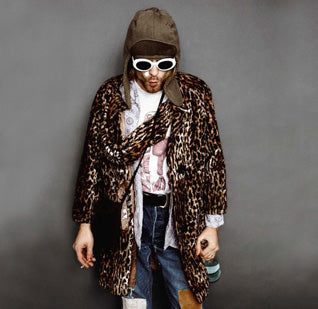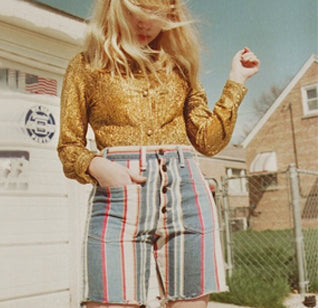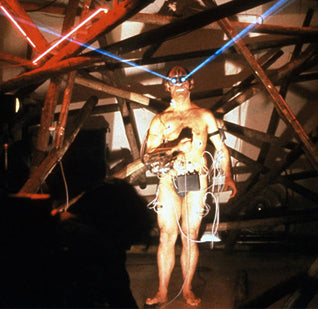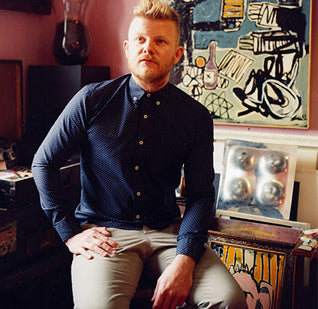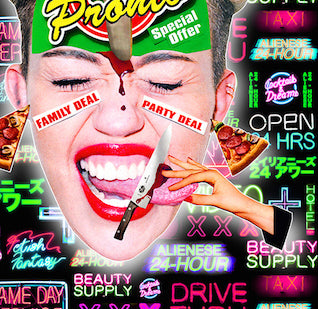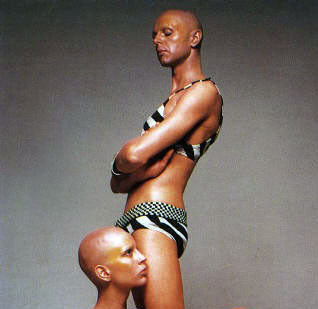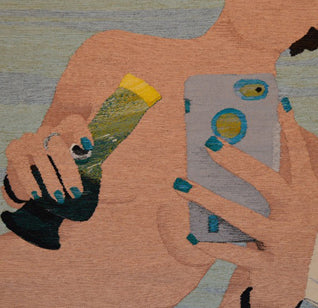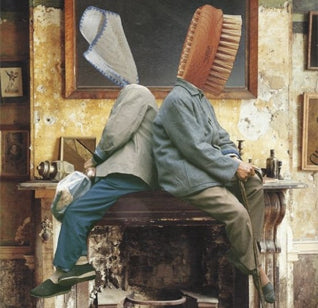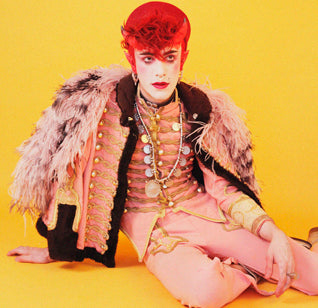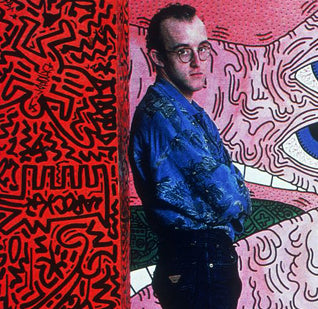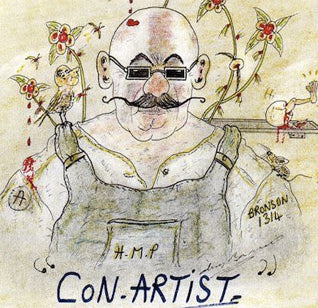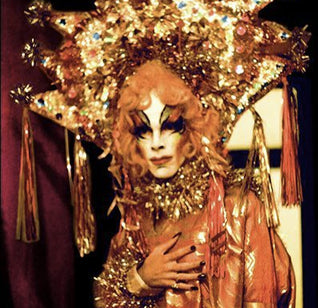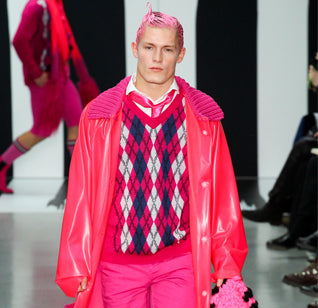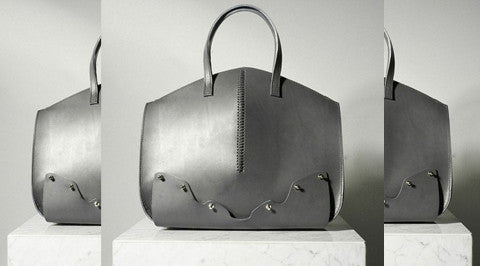THE RISE OF THE EMOJI
Is the emoji changing the world as we know it?
by Lucy Draper
Smiley cat face, top hat, thumbs up, drops of water. If you have no idea what I’m talking about then I would advise taking a look at your phone – because the rise of the emoji has been so swift and seamless you will probably have been using them without consciously acknowledging it. Indeed, so fast have we adapted to these little pictures that an app was released this week, called Keymoji, which translates your text messages straight into emoji combinations. No longer will you struggle about how best to ask your friends for a drink through the power of pictures – Keymoji is here to show you how.

Image courtesy of Trend Hunter, 2014
Text-based emoticons (think that classic smiley face (-: ) might have come first, but in the last few years they have been clearly surpassed by their successor – the emjoi. In simple terms emjois refer to the, potentially limitless, set of pictorial icons that many of us have on our phones, ‘Limitless’ really does seem like an apt term - since the emoji first appeared in Japan, they have multiplied and expanded exponentially. We now have emojis that can depict fog, a love hotel, a leaf fluttering in the wind, an imp and even a ‘neutral’ face among many, many others.
So what is it about these insidious little symbols that mean they have so easily infiltrated our consciousness and, more importantly, the way we communicate with each other? Well, several things really. The emojis ability to transgress language barriers is remarkable – never has it been so easy for people who speak different languages to communicate with each other, albeit using things like the smiling poo symbol. Then there’s also the well-known adage: ‘a picture is worth a thousand words’ – say there are a thousand emojis out there, then that’s an awful lot of words that they are worth. With that argument in mind, you could say that emjois have actually expanded our vocabulary rather than restricted it. And let’s not forget the humour of emojis – if used correctly, they can be funny, very funny.
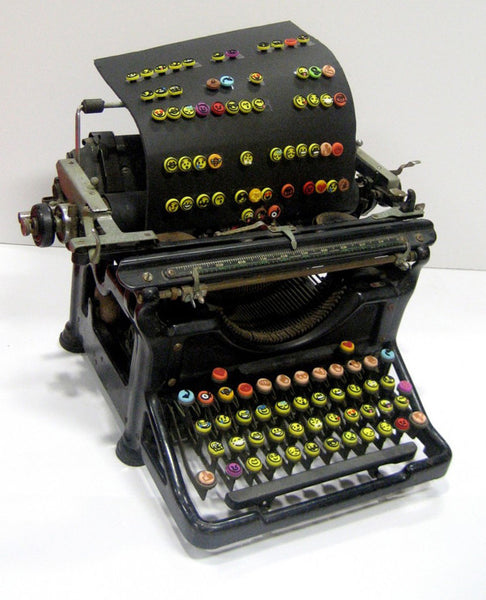
'Shift Key' by Maya Ben-Ezer, 2013
As they become more widespread and socially acceptable, emojis have moved beyond the confines of our phones. In October 2012 The New Yorker published an article entitled ‘I Heart Emjoi’ and in December of the same year the magazine included an image of their infamous dandy Eustace Tilley (who appears on every front cover) made up entirely of emojis, in an annual competition. I would also highly recommend you watch the unofficial video for Beyoncé’s ‘Drunk in Love’ by Texan Jessie Hill, in which the entire song is re-imagined using just emojis. It’s pretty damn impressive.
I think it’s fair to call these symbols a cultural phenomenon and as such, it’s hardly surprising that the art world has started to take notice of them. After all, if artists express themselves by creating images, emojis are a whole new palette from which they can work from. LA graphic designer Liza Nelson recreated emojis IRL (in real life that is), explaining that: “[They] mean everything and they mean nothing at the same time. They’re completely personal and completely universal.” It seems that Nelson is not alone in her thinking – last winter there was an entire emjoi art show at New York’s Eyebeam Art+Technology Center. The exhibition featured emoji influenced artworks including an abstract reimagining of some of the more popular symbols by Kyle M. F. Williams. Even on the streets, prominent urban artist Ryan Callanan, alias 'RYCA', re-contextualised the iconic acid-house smiley face motif, rendering it in materials and styles usually associated with traditional pub signs, in his critically acclaimed 3D series.
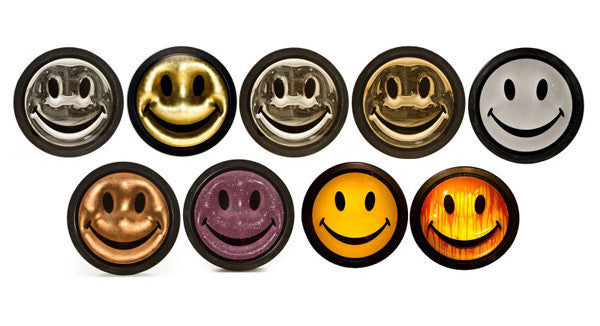
'Smileys' by Ryan Callanan, 2014
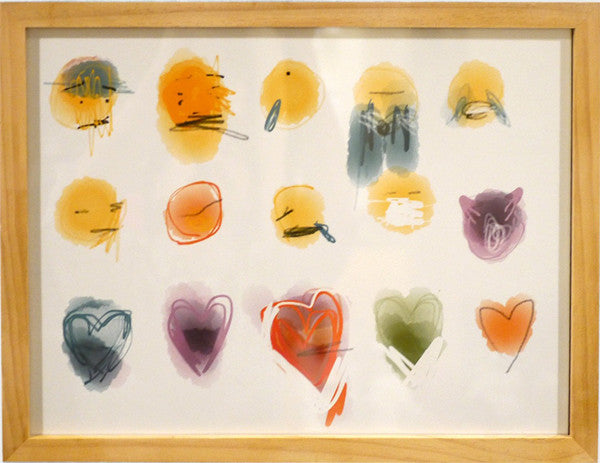
'Emojis' by Kyle M. F. Williams, 2013
Of course there are times when the emjoi has been woefully misused. NBA player Mike Scott has some seriously ill-considered tattoos of them on his arms (including the skull and the walking man), yes, really. And spiritual rapper Drake has also got on the emoji tattoo bandwagon; an image surfaced yesterday of his arm decorated with the 'preying hands' symbol. Rita Ora was once snapped wearing a less permanent, but equally hideous, matching tracksuit decorated in pictures that looked suspiciously like the symbols. And there are emoji slippers, leggings, pants, pillows, T-shirts, nail art transfers and pretty much any other merchandise you could possible desire (if tiny little smiling faces are your thing).
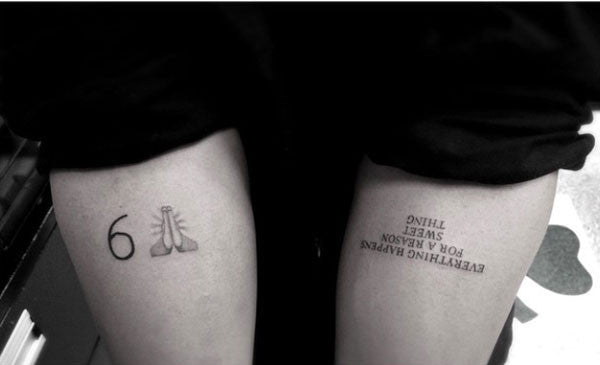
Drake image courtesy of Mashable, 2014
So is the emoji a sign of the end of days? Does their emergence and ever increasing popularity indicate that we’re giving up on language and all its beautiful intricacies? Well, I would say we can rest easy for now. In a culture that is so focused on the visual, on the speed of communication, emojis make up a language that is easy to use and to understand. As the aforementioned artists Liza Nelson puts it: “They’re really quite stupid. And they’re the best thing that ever happened to our generation. They deserve to be observed and worshipped individually.” Amen to that – I’ll see you at the alter of the emjoi.

